 Reviewed here: https://dflewisreviews.wordpress.com/2022/08/22/the-rope-in-the-rafters-1935-by-oliver-onions/
Reviewed here: https://dflewisreviews.wordpress.com/2022/08/22/the-rope-in-the-rafters-1935-by-oliver-onions/
In more ways than one, ‘The Rope in the Rafters’ is the counterpart puzzle to that in the work below, perhaps solving both!
Self and its ghost.
Self solving self.
And those ‘multitudes’ again along with the cad and bounder that lied to them …
Spoilers below!
THE HONEY IN THE WALL by Oliver Onions
“And then, lo, of a sudden there comes to us an hour. The unsharable thing has found us out in the midst of the multitude. One voice only reaches us in our isolation, the voice of our forgotten, nay, of our unlearned selves.”
This is the story of a woman called Gervaise Harow. She needs, for her mother’s sake, to manage “the Abbey itself, with its crushing burden of maintenance and mortgages and debt.” Balancing, for example, the selling of paintings like Raeburns versus “Unknowns”, including a striking painting of Lady Jane, that comes to symbolise herself towards the end. Yet, we have at the start something that I must quote in full as it has haunted me for many years, something I once called ‘wild honey’:
“They found it in the fragment of Norman wall just across the grass-court – twenty pounds weight and more of it, the labour of the bees of none of them knew how many years. It was packed away in a cavity as long as a man’s arm, and in order to get at it they had to fetch a ladder, to hack down the masses of ivy, and to clear away the grass and valerian and wallflower from the wall-top. Clot after clot it was taken out, unsightly lumps, black as pitch, caked and crusted with earth and scurf and bits of mortar. But the housekeeper cut and scalded the outer grime away, and there was enough of the stored sweetness of long-vanished flowers to fill the row of waiting jars.”
Overall, this is a beautifully written, Abbey-atmospheric, ghost-implied novelette, that would be a classic of its kind and absorbed by a huge readership over generations if it were not for some necessary smashing of its own puzzle of a plot into scattered soulful effusions of self-worthlessness in Gervaise, in parallel with Gervaise’s mother’s ongoing solving of a jigsaw puzzle of Iceland, a puzzle smashed in reality, in media res, by Gervaise because of frustration at her lot in life and at her not being able to disseminate her goodness (the honey within her) amongst we multitudes, I guess, we who had been lied to through history, a puzzle that also symbolised a cad and bounder called Freddy whom she recurrently took power over by smashing his persona puzzle, too, but only with his solving it again and taking power over her in a cycle of love-hate. And this is played out in a social gathering of young people, and during the evening they dressed up and played hide and seek. Freddy’s facial scar aligned with each scar left on the walls by the removed paintings that needed to be sold.
“And what treasure, disordered it might be, the bitter with the sweet, the dross with the gold, the honey caked with mortar and scurf and chaff; did not her tumultuous heart contain?”
Some of the scenes of subtle horror actually bite home amid the hide and seek and amid the dark, candlelit windings of this abbey — from “The apartment in which Gervaise stood was a mere plastered cell in the honeycomb of the house, never used;” to a moon that is the most powerful moon ‘volcano-scape’ before Bowen’s Mysterious Kôr, a moon rising as a ‘bulging orange balloon’ and later becoming quite different, and her self meets her self after facing the ghost that Freddy presented kissing a rival-in-romance called Pamela, or was it them at all?
In case you never read this work just allow me to provide you below with some quotations from it, honey from its walls… sometimes bitter honey, or for you to use as landmarks to allow its smashed puzzle to be put together from fractured walls and fragments…
“The apartment in which Gervaise stood was a mere plastered cell in the honeycomb of the house, never used;”
“What eternity in an instant was this he had hinted at? What this urgency of passion, this ghost-woman’s arm long enough to have gone nine times round him? […] He was not dismembered. He was whole once more, with the old, easy, scoffing, familiar power over her. All was to begin anew. Once more she was to know those perturbed moments of meeting, the pain at her pent heart, the flushings, the exhausting resolve, his re-demolishing.”
“His arms within the cloak had made a swift gathering movement, and the folds of the poppy closed completely over the alien petal. […] All at once terror took Gervaise. No ghost could have been more affrighting than that steady, silent, smiling oncoming. […] She saw Pamela’s weak upturned little mask. He had seemed to hold it as some conjurer or ventriloquist might have held a property-mask, he the wizard, she the puppet, to play her part in the little illusion…”
“The lace-cuffed fist descended in the middle of the puzzle. The fretwork fountain leaped into the air and fell again in a hundred fragments. She plunged her hands among the wooden jigs, scattered them, crushed them together, drove them this way and that. […] It had been the gentlest of subtractions, as if from some white beam a hue had been withdrawn, or as if some super-imposition, imperfectly coinciding, made the double image. Gervaise yearned divinely over that untenanted body in the window-seat that also was Gervaise. She put out her arms to that her lifeless sister, showering down on her an unimaginable love.”
“Quiet breasts? . . . She laughed aloud.”
***
Other Onions stories as well as many disconnected horror story reviews linked from here: https://dflewisreviews.wordpress.com/2022/07/13/separate-horror-stories-from-many-years-ago/
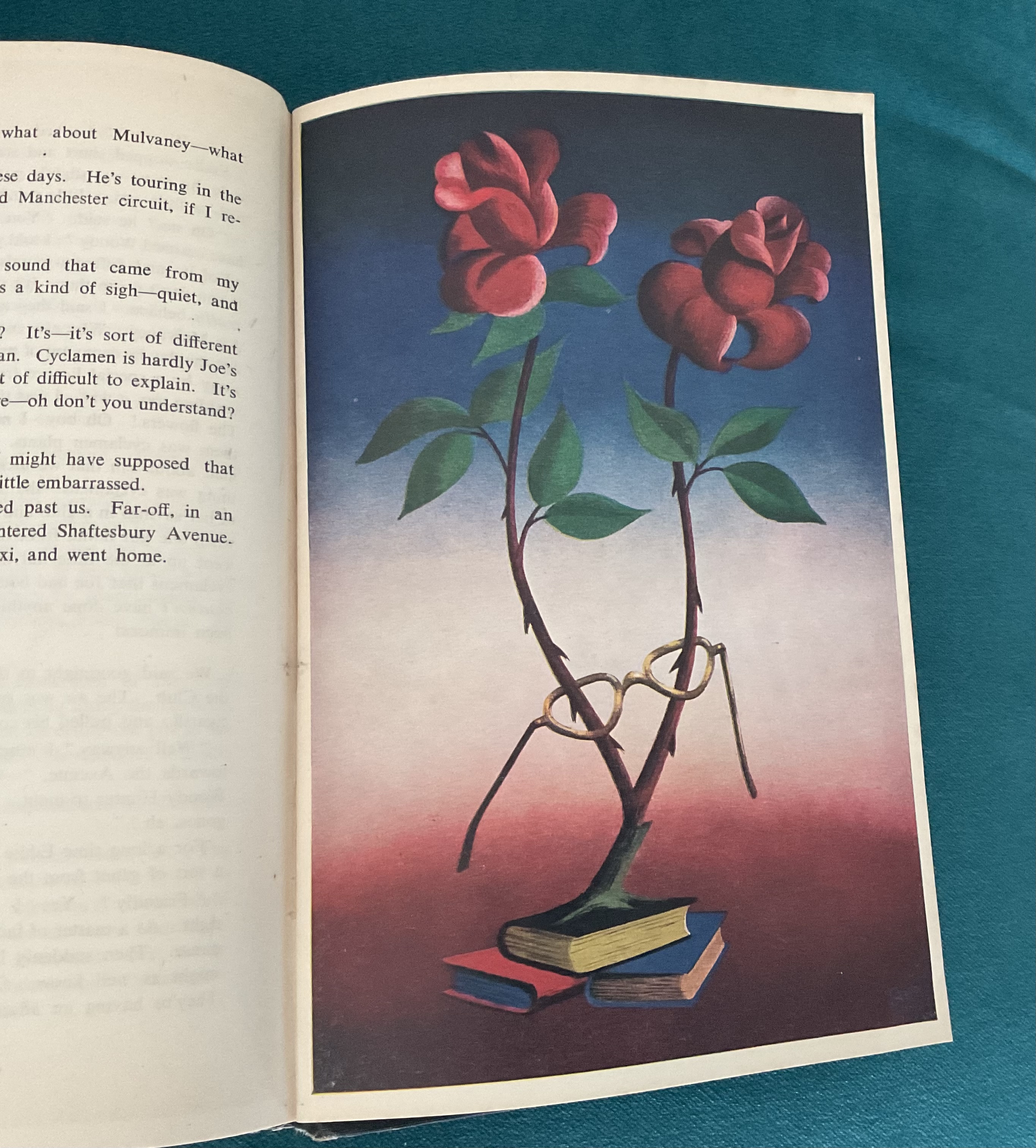
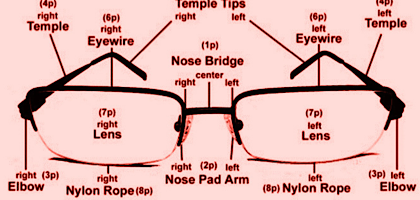


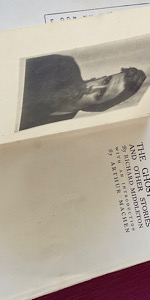
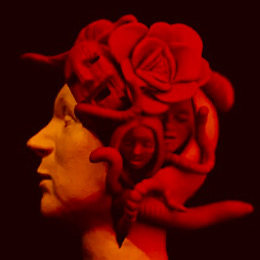


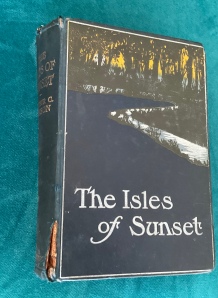
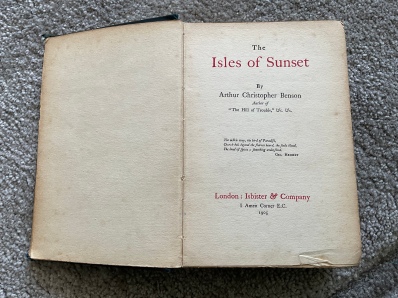
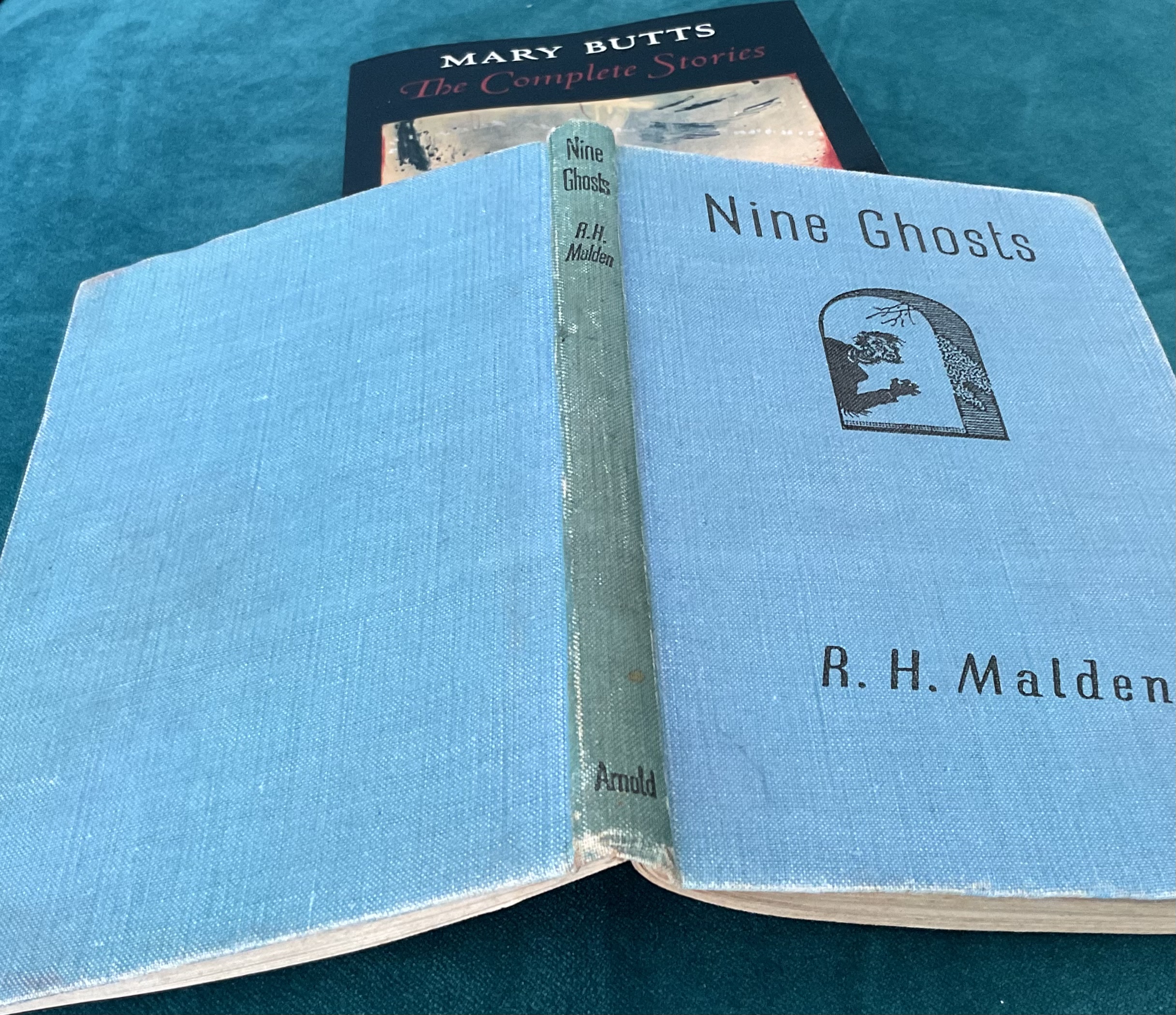
THE SUNDIAL by R.H. Malden
“The form of the story suggests that he intended to publish it; probably in some magazine. As far as I know it has not been published before.”
A slow, wading emergence as spooky tale till I do read or re-read it today. Like the running after a deformed intruder in circles around the garden path, and its secretive orchard doors, during a time’s era, after working for the Viceroy in India, now moving into a large country house with a butler etc., something that I could afford as tenant because of an unexpected legacy, a place, a racially incontinent past, where I live and go hunting with dogs and shooting pheasants, and that effectively slow running in a circle after an evil-looking intruder, simply because he is deformed, and the intruder terrifyingly becomes as if he is now slowly running after me! A slow, wading, Zeno-like emergence of meaning: just like the stake-like shadow of time upon a circular dial, reaching towards a state of becoming no shadow at all, quashed by a subsuming night like death, and that tree root uprooted from the earth that is the stake itself that marked the spot where the intruder (that was me) was buried, but yearned to wake again and get revenge on me for deforming him with my own fallible death!
A now printed story, though, that gives a dated masquerade of historical facts of crime and punishment at the end to tell quite a different story or to reconcile it within a civilised state of time’s imperial past, i.e. “the form of the story” I once read many years ago and just now re-read by a different brain to what mine once was. A sort of preferable version of King Solomon’s wisdom. And the demons that reside within us.
With due disregard to those with incontinence who still have it within their bones to be intolerant of those who seem different. And who read things differently. Locking myself inside by having bolted it on the outside.
“If you’ll pull, I’ll push.”